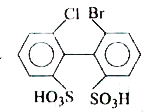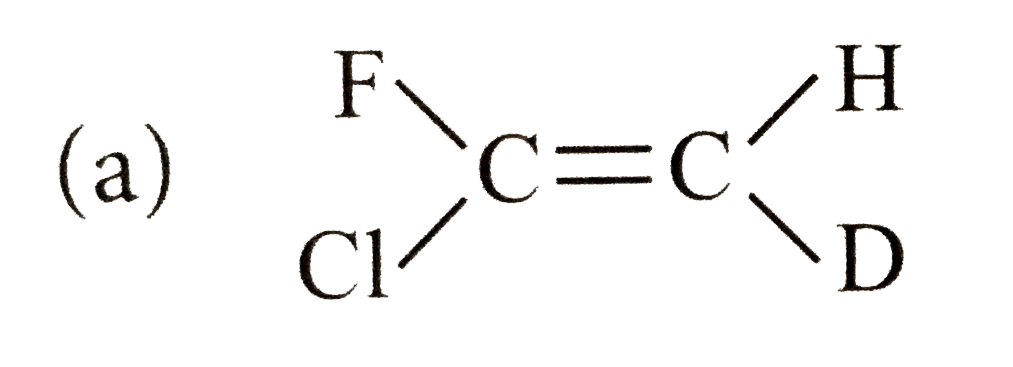Which of the following will not show optical isomerism?
[PtCl2F2]2− (square planner)
[PtFClBrI]2− (square planner)
[Co(NH3)3Cl3]
All of these
To determine which of the given compounds does not show optical isomerism, we need to analyze each option based on the criteria for optical isomerism. Optical isomerism occurs when a compound has non-superimposable mirror images and can rotate plane-polarized light.
1. Understand Optical Isomerism:
- Optical isomerism requires two conditions:
1. The compound must lack a plane of symmetry.
2. The compound must be able to rotate plane-polarized light.
2. Analyze the First Option (PtCl2F2²⁻):
- This compound has a square planar structure.
- In a square planar arrangement, if two identical ligands are present, the compound will have a plane of symmetry.
- Therefore, it does not show optical isomerism.
3. Analyze the Second Option (PtF4²⁻):
- This compound also has a square planar structure.
- However, it can have four different ligands attached to the platinum center, which means it can lack a plane of symmetry.
- Since it can exist in a chiral form, it can show optical isomerism.
4. Analyze the Third Option (Co(NH3)3Cl3):
- This compound exists in an octahedral structure.
- In octahedral complexes, there can be facial (fac) and meridional (mer) isomers.
- Both isomers can exhibit a plane of symmetry, meaning they do not show optical isomerism.
5. Conclusion:
- The first option (PtCl2F2²⁻) and the third option (Co(NH3)3Cl3) do not show optical isomerism due to the presence of a plane of symmetry.
- The second option (PtF4²⁻) can show optical isomerism.
Thus, the correct answer to the question "Which of the following will not show optical isomerism?" is Option 1 (PtCl2F2²⁻) and Option 3 (Co(NH3)3Cl3).
- Optical isomerism requires two conditions:
1. The compound must lack a plane of symmetry.
2. The compound must be able to rotate plane-polarized light.
- This compound has a square planar structure.
- In a square planar arrangement, if two identical ligands are present, the compound will have a plane of symmetry.
- Therefore, it does not show optical isomerism.
- This compound also has a square planar structure.
- However, it can have four different ligands attached to the platinum center, which means it can lack a plane of symmetry.
- Since it can exist in a chiral form, it can show optical isomerism.
- This compound exists in an octahedral structure.
- In octahedral complexes, there can be facial (fac) and meridional (mer) isomers.
- Both isomers can exhibit a plane of symmetry, meaning they do not show optical isomerism.
- The first option (PtCl2F2²⁻) and the third option (Co(NH3)3Cl3) do not show optical isomerism due to the presence of a plane of symmetry.
- The second option (PtF4²⁻) can show optical isomerism.
Topper's Solved these Questions
Similar Questions
Knowledge Check
- Question 1 - Select One or More
Which of the following will show optical isomerism?
A B
B C
C D
D
- Question 2 - Select One
Which of the following will not show geometrical isomerism ?
A B
B C
C D
D
- Question 3 - Select One
Which of the following will not show geometrical isomerism?
A B
B C
C D
D
Which of the following will show optical isomerism? .
View SolutionWhich of the following does not show optical isomerism ?
View SolutionWhich of the following will not show geometrical isomerism ?
View SolutionWhich of the following will not show geometrical isomerism?
View SolutionWhich of the following will not show geometrical isomerism ?
View Solution

